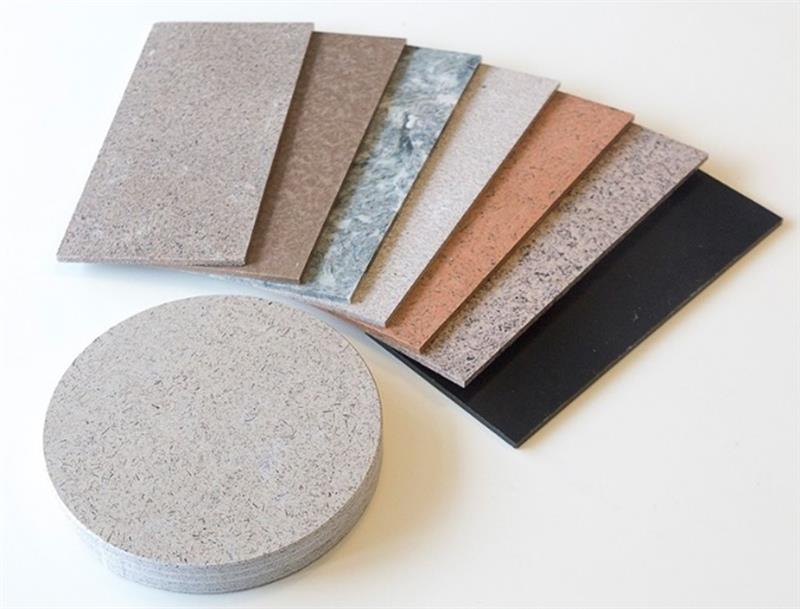
In the Building Light project, Torrgas and NPSP are working together with Avans / CoE BBE and TU / e in a feasibility study into the use of biochar in an NPSP biocomposite. The new biocomposites are expected to have higher stability and lower weight, resulting in a new, exciting building material that will open new business opportunities for both SME partners.
Buildings are responsible for about 40% of energy consumption and 36% of carbon dioxide (CO2) emissions in the EU. They are also the largest energy consumers in Europe. Recent research shows that more than two thirds of all CO2 is emitted during the construction process, while less than a third is emitted during use. Cement is the source of about 8% of the world’s CO2 emissions and innovation is urgently needed to change the way we build.
New sustainable materials must be developed to replace concrete and fossil building materials. Lightweight bio-based biocomposites are good replacements for coverings and many other non-load-bearing building structures.
Biochar
Biocarbon, also referred to as biochar, is a carbon-rich, fine-grained solid produced through pyrolysis processes and currently mainly used for energy. Recently, biochar has received more attention because of its potential value in industrial applications.
Addition of biocharin to the biocomposites will presumably increase the UV resistance and fire resistance of the materials and reduce the hydrophilic nature of the composites. The use of biochar in polymer composites is also interesting because of the relatively low specific weight that will result in lighter composite materials.











